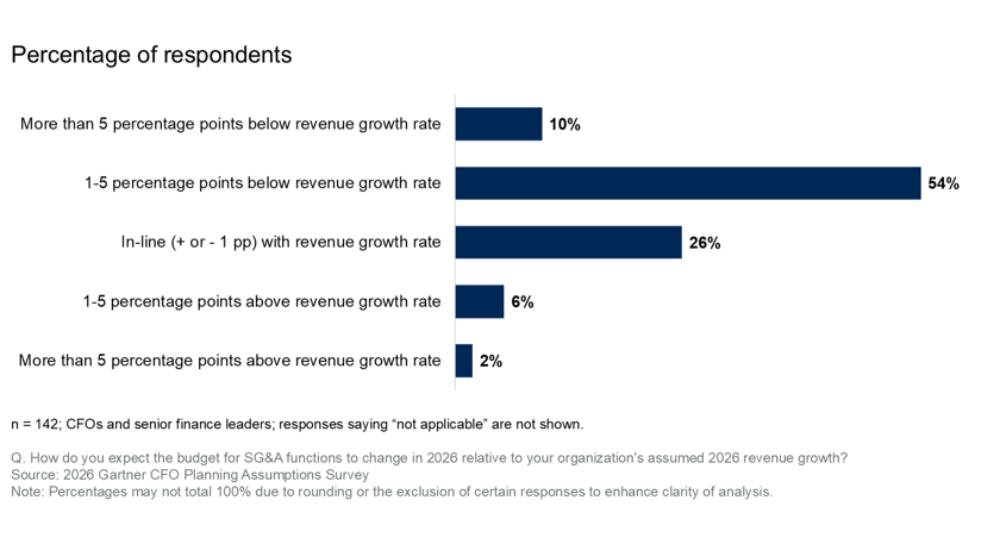Our educational methods are evolving, as are our tools; robots are increasingly becoming part of the classroom environment. Advanced technologies and globalisation are pushing the education sector towards a sustainable and equitable future. Future growth in the education sector is achievable through the collaboration of humans and robots.
A classic example is an international school in India that introduced humanoid robots to teach students and work alongside teachers. Under this collaborative learning model, the robot took over the responsibility of providing knowledge-based content, which teachers used to achieve by spending 90% of their time on Google. This gave teachers plenty of time to concentrate on mentoring the students, offering emotional support and care that a machine cannot provide.
The collaboration between humans and robots helped bridge the gap between efficient learning and comprehensive guidance. Several schools across the world have already started to test these robots in a classroom setting. Some experts have predicted that within ten years, encountering robots in schools would be a common phenomenon worldwide.
The education sector presents an excellent potential for robotics and its implementation to make the most positive impact. Working with robots can improve educational programmes’ quality, act as an effective tool for STEAM education, Science, Technology, Engineering, Art, Math, encourage special education, and improve educational outcomes.
It can also help enhance cognitive skills like critical thinking and problem-solving at a very early stage. Robots can be programmed to assess students’ growth against personal goals and measure their success by tracking annual progress reports and targeted benchmarks.

One such famous humanoid robot is NAO, which caters to the needs of students and teachers in over 6,000 academic institutes in more than 70 countries across the globe. It is employed as a teaching assistant where the teacher-student ratio is small. Its visual and intuitive interface simplifies content development, allowing personalized teaching activities on a one-to-one basis or a small group.
NAO can easily create an empathetic link with the students and teachers with its human-like appearance and humanoid behaviours. The versatile nature of NAO allows academic institutions to expand their basic curriculum by introducing STEAM education and language learning to children at a very early stage.
Pepper robot is another example. Both Pepper and NAO can also be effective tools in promoting IEP, Individualised Education Programme for students with determination. NAO’s neutral expression can be therapeutic for special needs children and help boost their confidence and social skills.
Over 13,000 humanoid robots have already been deployed in various schools and universities around the world. This number is projected to grow further in the coming years. The next step will be assessing how far robotics can be integrated into our educational system to ensure that it operates in sync with humans. As the technological world unveils innovations daily, it would be fair to conclude that the education sector will continue to benefit from robotics and AI.
Key Takeaways
- Robots are increasingly becoming part of the classroom environment.
- Future growth in the education sector is achievable through the collaboration of humans and robots.
- The education sector presents an excellent potential for robotics.
- Over 13,000 humanoid robots have already been deployed in various schools and universities.
Pavel Makarevich of Proven Solutions writes how artificial intelligence and robotics can revolutionise the education sector across the globe.




